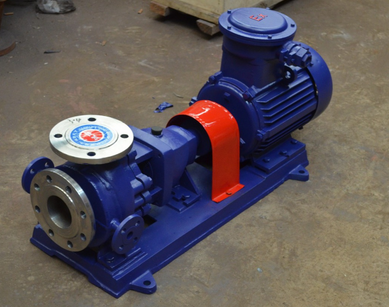How to prevent corrosive liquid leakage and pump corrosion
In order to prevent the leakage of corrosive liquids and corrosion of the pump body, comprehensive considerations and implementation measures can be made from the following aspects:
1. Prevent the leakage of corrosive liquids
Reasonable storage and transportation:
When storing and transporting corrosive liquids, appropriate containers and pipelines should be selected and ensure that they are well sealed. For volatile, corrosive or toxic liquids, special corrosion-resistant containers should be used for storage, and care should be taken to avoid contact with other substances.
Regularly check the status of containers and pipelines, promptly discover and repair leaks and damage, and ensure the normal operation of equipment and safe storage of liquids.
Standardized operating procedures:
Establish and strictly implement standardized operating procedures for liquid storage and transportation, including steps and methods for disassembling, cleaning, repairing and replacing equipment.
Train staff and provide necessary personal protective equipment to ensure that operators can use equipment and tools correctly and pay attention to safe operation.
Install leakage monitoring devices:
Install corrosive liquid leakage monitoring devices to monitor the leakage of containers and pipelines in real time, and issue alarms in time so that measures can be taken quickly to block and deal with them.
Emergency treatment preparation:
Prepare sufficient chemical leakage emergency treatment kits in warehouses and chemical container storage areas, including sufficient chemical absorbent cotton, sand and other absorbent materials and solidified neutralizing materials.
Develop a leakage emergency treatment plan, clarify the emergency treatment process and division of responsibilities, and ensure that it can be handled quickly and effectively when a leak occurs.
2. Prevent pump corrosion
Choose corrosion-resistant materials:
Choose corrosion-resistant pump body materials, such as stainless steel, ceramics, special alloys, etc., which can resist the erosion of corrosive liquids.
For key components such as impellers, shafts, etc., corrosion-resistant materials should also be used to improve the overall corrosion resistance of the pump.
Apply anti-corrosion coating:
Apply a layer of corrosion-resistant coating on the surface of the pump body, such as epoxy resin, polyurea, etc., to isolate the corrosive liquid from direct contact with the surface of the pump body.
Control operating conditions:
Strictly control the process parameters during the operation process, such as temperature, pressure, flow, etc., to avoid corrosive liquids from corroding the pump body under adverse conditions.
Clean and maintain the pump regularly to remove sediments and corrosion products on the surface of the pump body and keep the pump body clean and smooth.
Use electrochemical protection:
For particularly severe corrosion problems, consider using electrochemical protection methods, such as cathodic protection or anodic protection, which change the potential state of the metal surface by applying an external current to inhibit the occurrence of corrosion.
Prevent cavitation and cavitation:
Make sure the pump is full of liquid during operation to avoid cavitation and cavitation. Cavitation and cavitation can cause impact and corrosion in local areas of the pump body, thereby accelerating the damage of the pump body.





